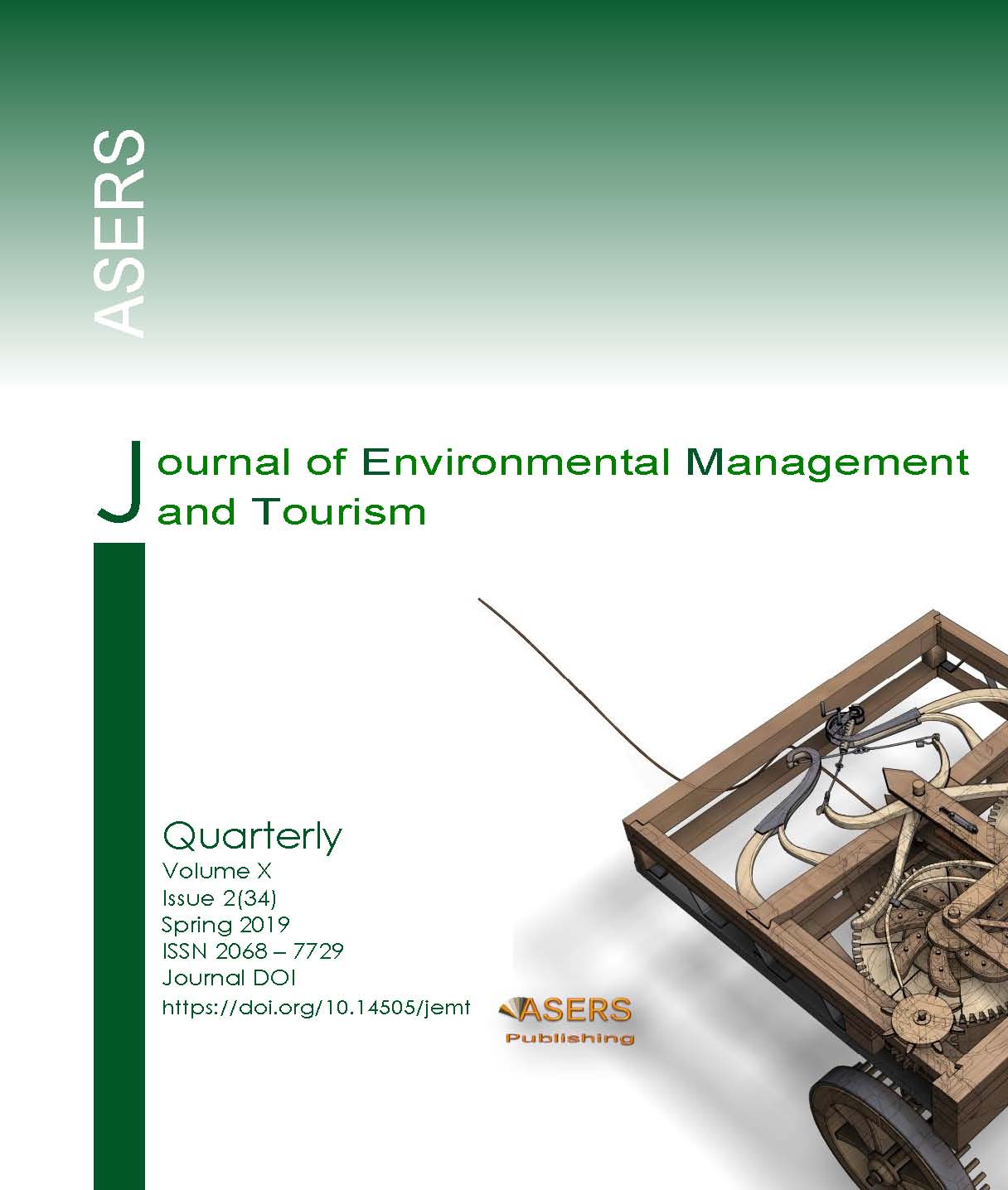Economic and Legal Aspects of Tourism Regulation in the New Economy: International Practice
Abstract
The article is concerned with measures to be taken to systematize the economic and legal aspects of tourism regulation in the new economy. International experience of government regulation in the tourism sector in the new economy shows that it makes sense to use separate components of government regulation mechanisms to develop the tourism industry in Russia taking into account its historical, cultural and natural potential. The European model has been proved as the most optimal as it suggests the formation of marketing divisions that will forge and promote a national tourist product, conduct marketing research, carry out advertising activities, arrange and hold international tourism exhibitions, conferences and seminars. The tourism sector as a multi-industry complex is established to be in need of coordination for its economic activities. Excessive government presence and regulation are determined to dampen entrepreneurial initiatives, which are the basis for the establishment and development of market relations in the tourism industry.
References
[2] Cherkasov, I.L., Seredina, M.I., Mishurova, O.I., Adashova, T.A., Lebedeva, O.Ye. 2017. The effect of international tourism on the development of global social-economic processes. Journal of Environmental Management and Tourism, 8, 6(22): 1166-1170.
[3] Chikurova, T.Yu. 2015. Client-oriented approach towards the development of international tourism. Scientific Almanac, 9(11): 331-334.
[4] Fedulin, A.A., Zgonnik, L.V., Lebedeva, O.Ye., Dukhovnaya, L.L., Ilkevich, S.V. 2017. Methodological approaches to the assessment of historical and cultural resources in tourist destinations. Journal of Environmental Management and Tourism, 8, 6(22): 1198-1204.
[5] Konovalova, E.E., Yudina, E.V., Bushueva, I.V., Ukhina, T.V., Lebedev, K.A. 2018. Forming approaches to strategic management and development of tourism and hospitality industry in the regions. Journal of Environmental Management and Tourism, 9 2(26): 241-247.
[6] Kutsenko, E.V. 2015. Mechanism to improve the system of quality management for services in hotels. Fundamental and applied research in the contemporary world, 11(2): 65-71.
[7] Nikolskaya, E.Yu., Kovaleva, N.I., Uspenskaya, M.E., Makshakova, N.I., Lysoivanenko, E.N., Lebedev, K.A. 2018. Innovative quality improvements in hotel services. European Research Studies Journal, 21(2): 489-498.
[8] Ragimov, T.S., Uteubaeva, E.E. 2015. Legal regulation of international tourism in the CIS. Eurasian Legal Journal, 4(83): 18-21.
[9] Samokhin, A.A. 2016. On some issues of ensuring safety of tourism in the national standards system. Environmental Studies, 1: 6-11.
[10] Shakhmametev, A.A., Strelets, I.A., Lebedev, K.A. 2018. Strategic mechanisms for the future development of the international e-commerce market. Espacios, 39(27): 21.
[11] Strigunova, D.P. 2014. International commercial tourism agreements. Bulletin of the Moscow University of the Ministry of Internal Affairs of Russia, 8: 48-56.
[12] Zavalko, N.A., Kozhina, V.O., Zhakevich, A.G., Matyunina, O.E., Lebedeva, O.E. 2017. Methodical approaches to rating the quality of financial control at the enterprise. Quality - Access to Success, 18(161): 69-72.
Copyright© 2025 The Author(s). Published by ASERS Publishing 2025. This is an open access article distributed under the terms of CC-BY 4.0 license.
